Air Hockey Tables
A normal air hockey table consists of a large smooth playing area, encompassed by a rail to prevent the puck and mallets from leaving the table, and slots in the rail at either end of the table that serve as goals. On the ends of the table behind and below the goals, there is an area to retrieve the puck after a goal. Also, tables will usually have machinery that produces a cushion of air on the play surface through tiny holes, with the purpose of reducing friction and increasing play speed.
Sometimes the machinery is deleted altogether in favor of a slick table surface, usually plastic, generally these are your cheaper models. One thing to note is that there are also pucks that use a battery and fan to generate their own air cushion, but they tend to break so they are commonly marketed only as toys.
USAA (United States Air-Table-Hockey Association) currently approves only the 8-foot tables manufactured by Dynamo for tournament play. Approved tables include the Photon, Pro-Style, older Blue Top, Brown Top, Purple Top or Black Top with unpainted rails.
A mallet is usually nothing more than a handle attached to a flat surface that lies flush with the surface of the table.
Thin discs of lexan polycarbonate resin are used as the hockey pucks. USAA approved pucks must be either yellow lexan, red lexan or the dynamo green.
Basic rules
Here are some basic rules as defined by the USAA:
* A face-off or coin toss decides which player gets the first possession of the puck.
* The first person to score 7 points by shooting the puck into the opponent's goal wins the game. When the puck breaks the horizontal plane inside the goal, a point is counted, whether or not captured by the electronic scoring device.
* Once the puck is on a certain player's side of the center line, he/she has 7 seconds to hit the puck back across the center line. Otherwise a foul is committed and the opponent receives possession of the puck.
* Placing one's mallet on top of the puck, known as topping, is a foul. Here the opponent receives possession of the puck.
* A player cannot touch or strike the puck with any part of his/her body or with any object other than the mallet. Doing so causes a foul and possession changes hands.
* If the puck is on a clear path into the goal and the player stops it with anything other than the mallet, this is goal tending. Here the opponent receives a free shot.
* Hitting the puck when it is on the opposite side of the center line, or crossing the center line completely with one's mallet causes a foul. Here the opponent receives possession of the puck.
* If the puck leaves the table, a foul is called on the player that caused the puck to go out of play due to offensive motion and the opposing player gets possession of the puck. Generally, when a player causes the puck to leave the table with a forward motion of the mallet, even defensively (known as charging), the foul is charged on them. An out of play foul results in the opponent receiving possession of the puck.
Game Play
Competitive (tournament) play is usually distinguished by the following:
* The mallet is gripped behind the knob using one's fingertips, not on top of it. This allows more wrist action and helps the player to move the mallet around the table faster.
* For basic defense, the mallet is kept centered at least 8 inches out from the goal. In this position, very slight movements to the left and right will block virtually all straight shots. To block bank shots, one pulls back quickly to the corners of the goal. This is known as the "triangle defense".
* Shots are often hit out of "drifts", where the puck travels in set patterns designed to throw off the opponent's expectations and timing. The most popular drifts are the "center", "diamond", "diagonal", and "L".
* Shots are often organized into "combos", meaning groups of shots which are hit with the same apparent delivery but opposite directions, caused by hitting the puck at slightly different locations on the mallet. For example, a transverse motion of the right arm can lead to a "cut shot" to the left corner of the opponent's goal or a "right wall under" (bank off the right wall, into the right corner of the opponent's goal).



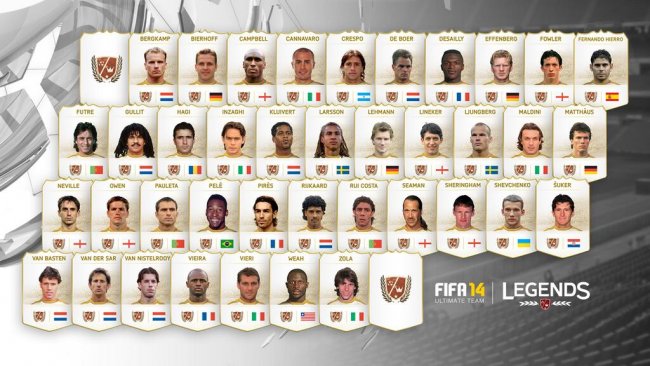
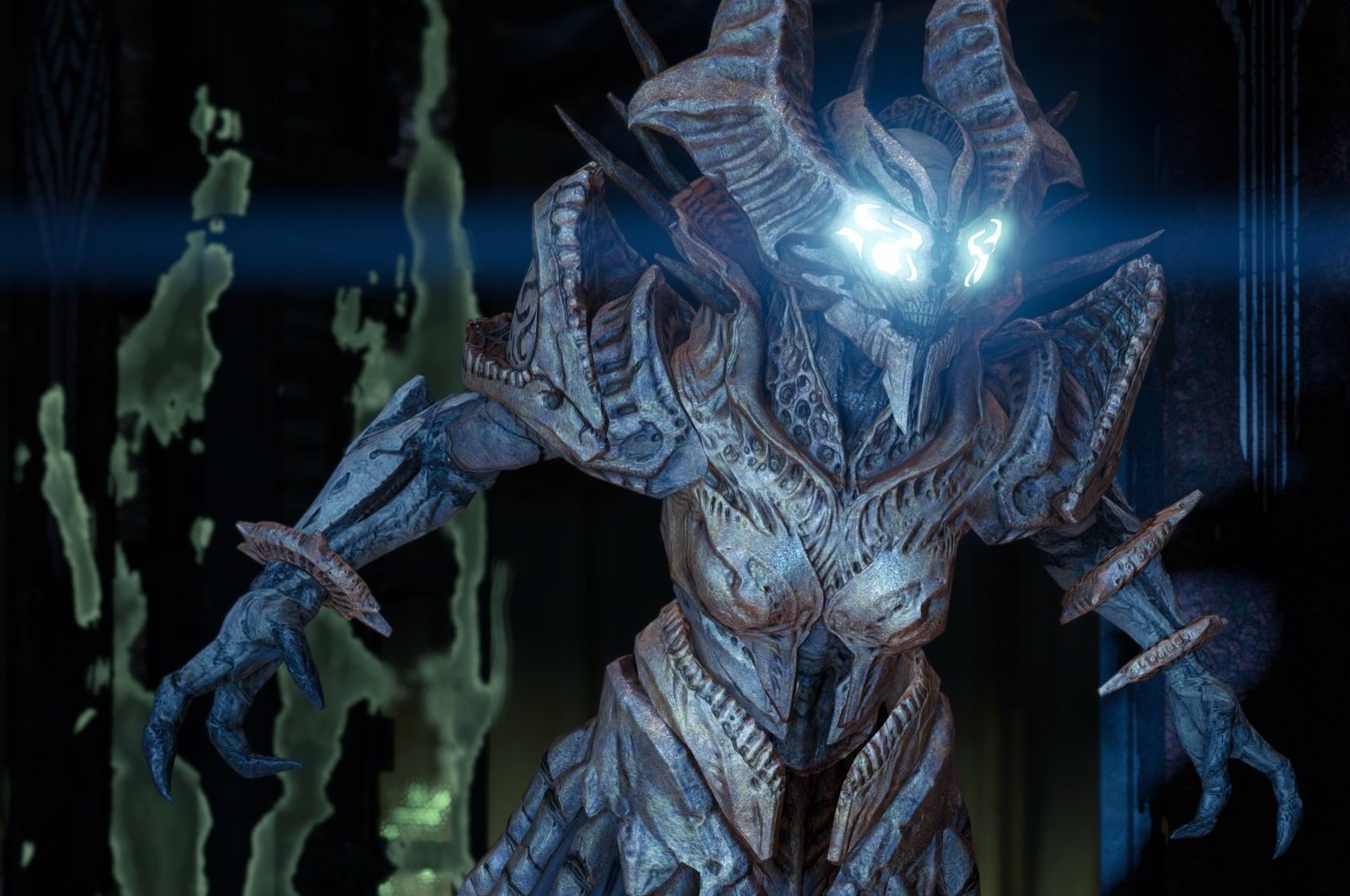
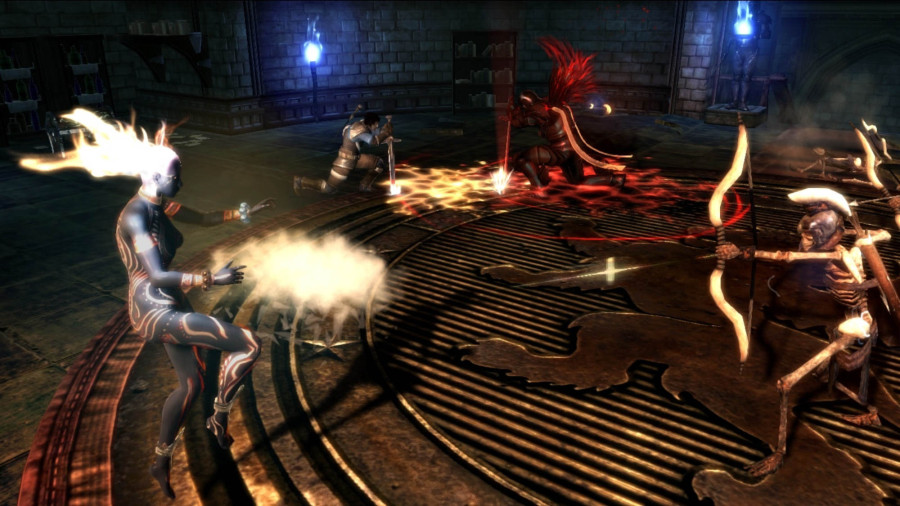
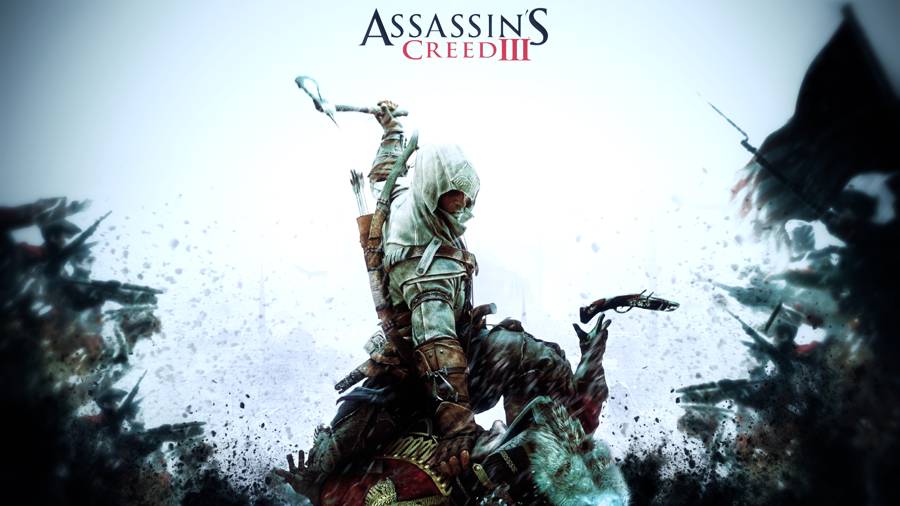 Assassin's Creed 3 Guide: Public Execution Guide
Assassin's Creed 3 Guide: Public Execution Guide Lords of the Fallen guide: Commander boss battle
Lords of the Fallen guide: Commander boss battle Top 10 Space Strategy Games for PC
Top 10 Space Strategy Games for PC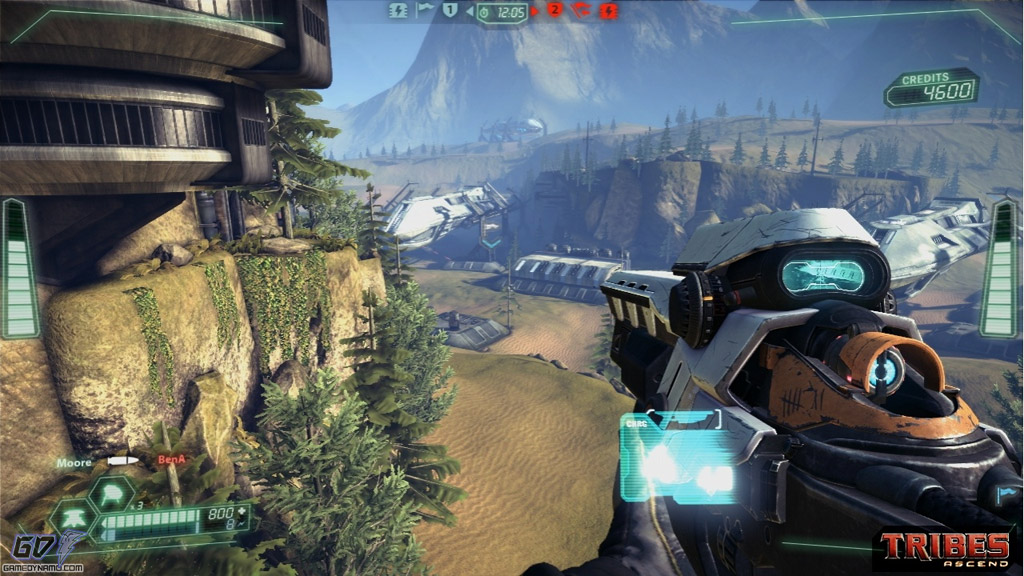 Tribes: Ascend Guide: How to Play and Not Suck at it
Tribes: Ascend Guide: How to Play and Not Suck at it Minecraft: The Walls Guide - Servers, Hint's & Tips, and More
Minecraft: The Walls Guide - Servers, Hint's & Tips, and More